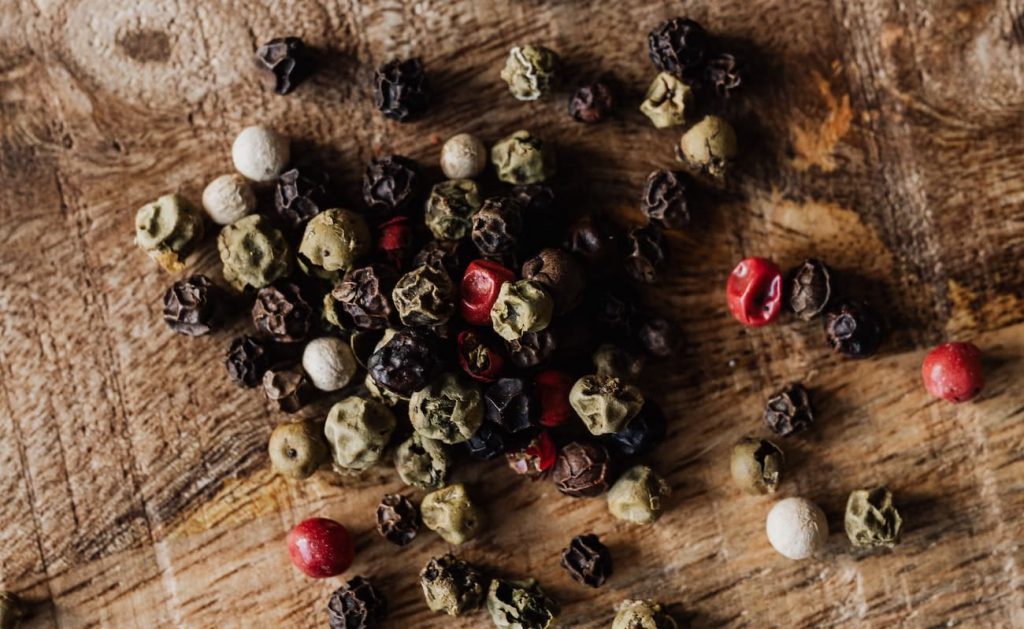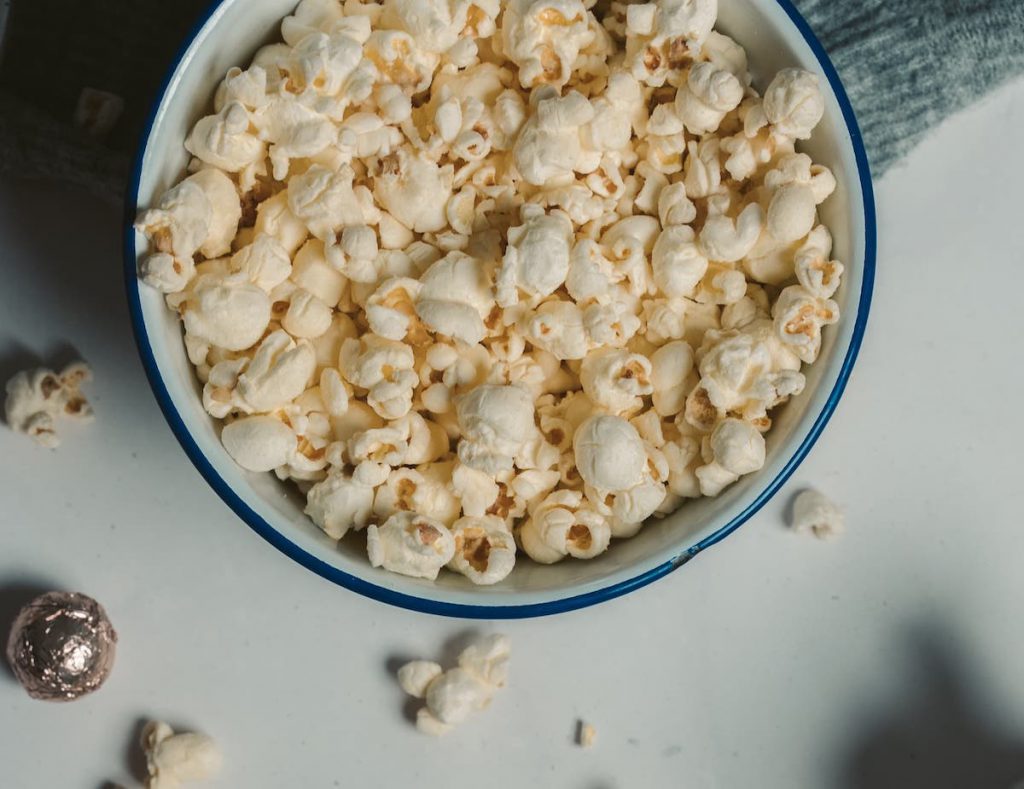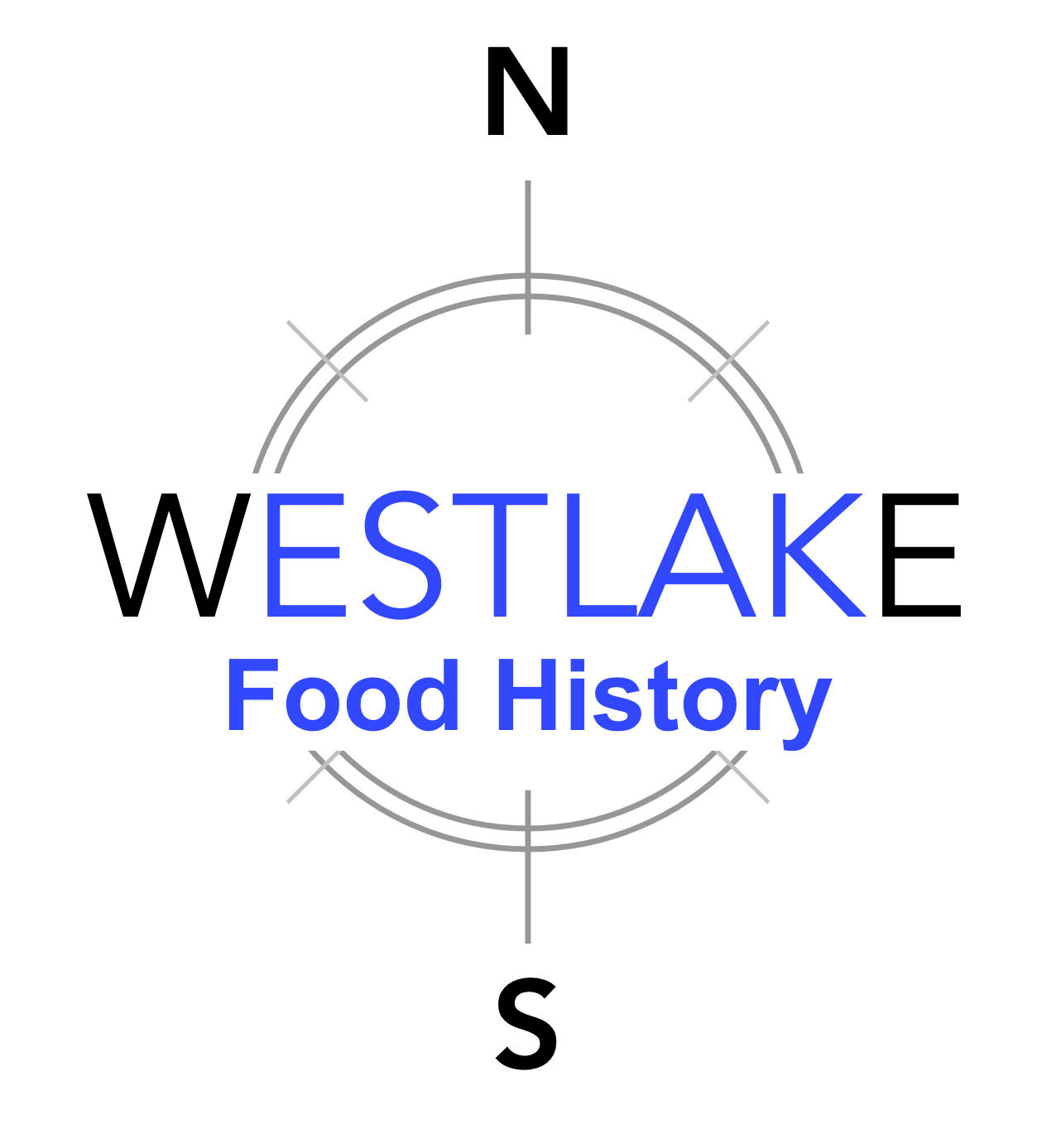Eating some of the most delicious dishes is one thing, but you can be a connoisseur if you know the history of the food also. Imagine you are on a food tour with your friends and you can explain how one of the dishes came to that country or what made the recipe so famous. Therefore, if you love to try out different dishes and want to know about their backgrounds, here are eight food history facts that will fascinate you.
1. An Italian baker first made Ciabatta in the ‘80s
Your favorite traditional loaf isn’t that old. It’s hard to believe, but Ciabatta came into the picture in 1985 when an Italian baker wanted to come up with a new version of the French baguette. The French baguette was already widely popular and this baker wanted his country to become well-known for various types of bread. Soon, he came up with a recipe that made the bread look different from a baguette, and in fact, also tasted better. The loaves started flying off of shelves because they became such a huge hit in Italy.
2. The Mahogany cake was America’s first chocolate cake
America’s first recorded chocolate cake was the Mahogany cake, and it dates back to the 1800s. Initially, people used different versions of ermine frosting. Ermine frosting was the most popular whipped buttercream during that time in America. Later, with the advent of cream cheese, the cake started tasting better. Hence, people were more into using cream cheese instead of ermine frosting.
3. The US once used lobsters as fertilizer
This was the time when European settlers first reached North America. According to their stories, there were so many lobsters in the sea that they would sometimes pile up on the beach, so much so, that there would be a two-foot pile of lobsters in the Massachusetts Bay Colony. Americans made the most of it by either using the lobsters in their meals or as a nutrient-rich fertilizer. Some even used them as fishing baits.
4. Carrots were actually purple
One of the most unbelievable food history facts is that carrots were actually purple before the 17th century. Dutch growers often experimented with vegetables and came up with mutated versions. One of those versions became red and that’s how the red carrot came into the picture.

5. Black pepper was more expensive than gold
It’s hard to believe that black pepper, back in its day, was more expensive than gold. In fact, Alaric the Goth, demanded a ransom of 3000 pounds of pepper when he conquered Rome in 410 AD. Gold was easily available then, but not black pepper!
6. Aztec communities used cocoa beans as currency
Did you know that cocoa beans that are processed to make chocolates were previously used as currency by Aztec communities? One cocoa bean was equal to a tamale, and you could earn 100 beans if you managed to sell a good turkey. The pulp from the pods of these beans was fermented by the Aztec people to make booze back in 1400 BC.
7. Mac n cheese comes from the 14th century
Contrary to popular beliefs, the popular Mac n Cheese dates back to the 14th century. Although it may not have been so gooey and cheesy back then, the recipe was more or less similar. It was a combination of pasta and cheese. The first Mac n Cheese recipe is in an Italian cookbook called Liber de Coquina from the 14th century. Most people refer to the latest recipe from Mrs. Beeton’s Book of Household Management as the authentic one, but it’s not. The 18th-century recipe is a modified version of the one found in Liber de Coquina.

8. Popcorn dates back to more than 6700 years
Would you ever believe that people ate popcorn 6700 years ago! According to researchers, Peruvian people were the first to come up with the idea of popcorn. The old popped corn cobs suggest that they date back to more than 6700 years.
A couple of food history facts that you should also know apart from the ones above are that Neil Armstrong and his team had bacon, coffee, sugar cookie cubes, and pineapple grapefruit drink as their first meal on the moon, and McDonald’s had onion nuggets before they started selling chicken nuggets.
